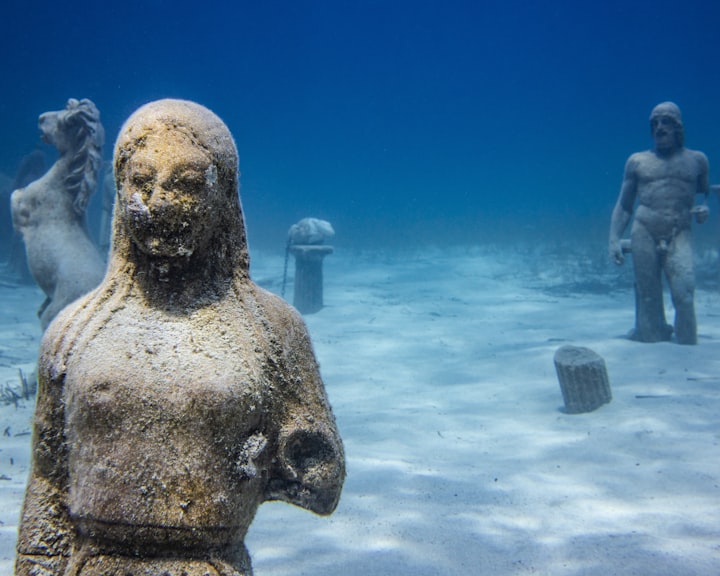Exploring the Rarity, Beauty, and History of South Sea Pearls
Expensive Beauty Of The Sea

South Sea pearls are considered to be one of the most valuable and expensive pearls in the world. These pearls are highly prized for their luster, size, and rarity. They are mainly found in the waters of the South Pacific, particularly in Australia, Indonesia, the Philippines, and Myanmar. In this article, we will explore the reasons behind the high price of South Sea pearls, their location, their uses, and their history.
Location of South Sea Pearls
South Sea pearls are primarily found in the South Pacific Ocean, which includes the coasts of Australia, Indonesia, the Philippines, and Myanmar. These pearls are produced by a specific species of oyster called the Pinctada Maxima, which is the largest pearl-producing oyster in the world. The Pinctada Maxima oysters are typically grown in protected areas and are carefully monitored for several years before they are harvested.
Reasons Behind the High Price of South Sea Pearls
South Sea pearls are among the most expensive pearls in the world, with some specimens fetching prices of several thousand dollars per pearl. There are several reasons why South Sea pearls are so expensive:
Rarity - South Sea pearls are rare, with only a small percentage of oysters producing pearls that meet the strict criteria for size, shape, and luster. This rarity makes them highly coveted and drives up their price.
Size - South Sea pearls are much larger than other types of pearls, with an average size of around 10-15mm. This larger size requires more time and effort to produce, which also contributes to their high price.
Quality - South Sea pearls are known for their high-quality luster, which is the result of the oysters' unique environment and the conditions in which they are grown. This high-quality luster is highly prized by collectors and jewelry makers, and also contributes to the pearls' high price.
Uses of South Sea Pearls
South Sea pearls are primarily used in the production of high-end jewelry, such as necklaces, earrings, and bracelets. These pearls are prized for their beauty, durability, and rarity, and are often used in designs that are intended to be passed down through generations as family heirlooms.
South Sea pearls are also used in the production of other luxury items, such as watches, pens, and even high-end fashion accessories. Because of their rarity and high price, South Sea pearls are often seen as a symbol of wealth, luxury, and status.
History of South Sea Pearls
South Sea pearls have a long and storied history, dating back to ancient times when they were prized by royalty and nobility. The ancient Greeks believed that pearls were the tears of the gods, while in ancient Rome, pearls were considered a symbol of wealth and power.
During the Renaissance, pearls became a symbol of the wealthy merchant class, who would often adorn themselves with pearls and other precious jewels as a way of displaying their wealth and status. By the 18th and 19th centuries, pearls had become one of the most sought-after luxury items in the world, with many European monarchs and aristocrats collecting pearls and commissioning elaborate jewelry designs.
In the early 20th century, the discovery of South Sea pearls in the waters off the coast of Australia and other South Pacific islands sparked a renewed interest in pearls among collectors and jewelry makers. South Sea pearls quickly became known for their size, luster, and rarity, and soon became one of the most valuable and sought-after types of pearls in the world.
As long as there are collectors and connoisseurs who appreciate the beauty and rarity of these magnificent pearls, they will continue to be among the most valuable and sought-after jewels in the world for a very long time.





Comments
There are no comments for this story
Be the first to respond and start the conversation.